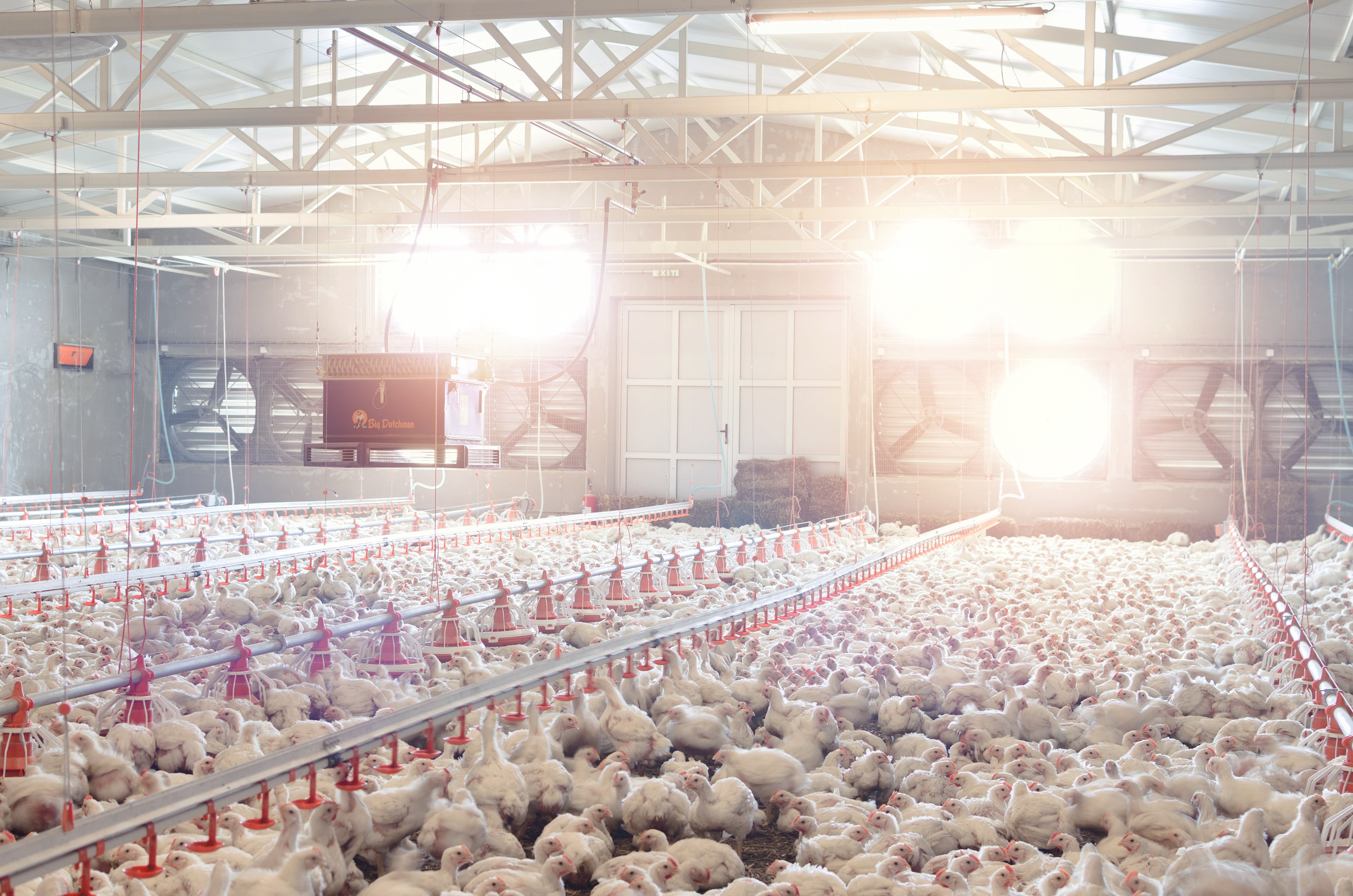



Seeing stars: how to use light for food safety in processing
Hyperspectral imaging can give you information about the composition of meat as well as indicate the presence of objects that shouldn't be there, such as plastic.Part of Series:
< Previous Article in Series
At IPPE 2020, Olga Pawluczykk, CEO of P&P Optica, discussed a disruptive technology in processing that could transform food safety for the industry.
Humans have many abilities, but paying attention for long periods of time is, statistically, not one of them. This is an obvious problem for many processors, and recalls have become more and more frequent in recent years, with the majority due to human error.
When product quality depends on consistent and objective inspection, what other options are there?
P&P Optica believes hyperspectral imaging is a reliable and effective method of detecting surface and sub-surface foreign material in poultry meat.
How does it work?
Hyperspectral imaging works by shining light on meat (or any object) and examining the light which reflects back. The light is split into wavelengths, each of which indicates the presence of a given material, such as bone, muscle, wood or plastic.

© P&P Optica
This type of imaging can also understand information such as "fat/lean content, tenderness, freshness, pH, and more," according to P&P Optica.
By compiling data over time, the imaging tech gets smarter using machine learning and can be correlated to indicate more than what foreign material is present, but can also suggest something about production methods. This data can be tailored "on-the-fly," says the company, to get specific information for unique applications.
At a rate of 20,000 pounds of chicken in a single hour, hyperspectral imaging is a promising contender in the effort to make processing more reliable with its ability to look deeper.










